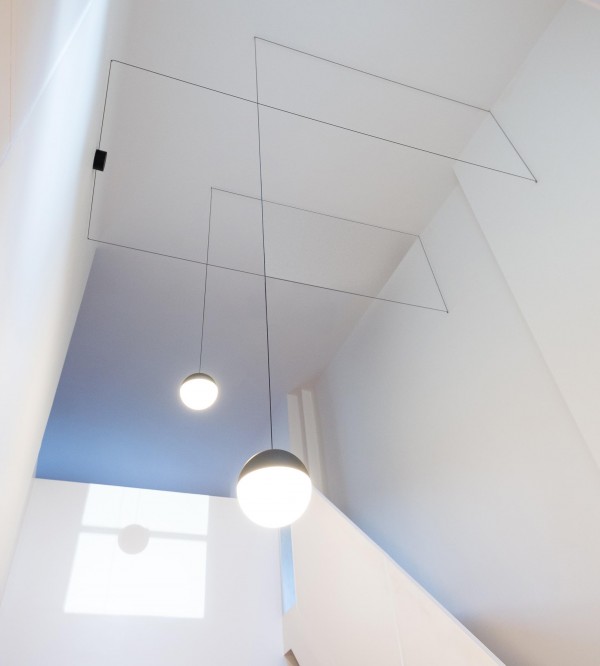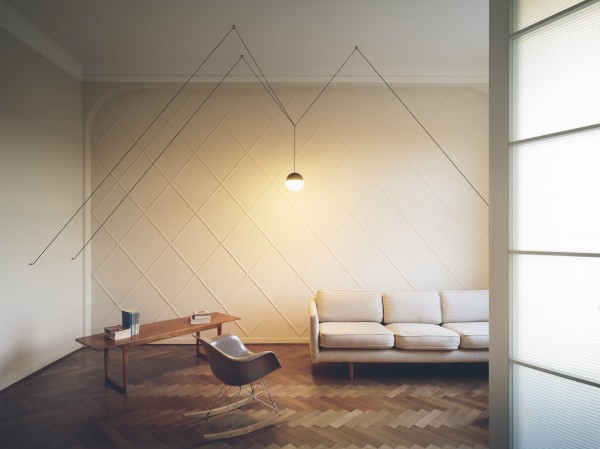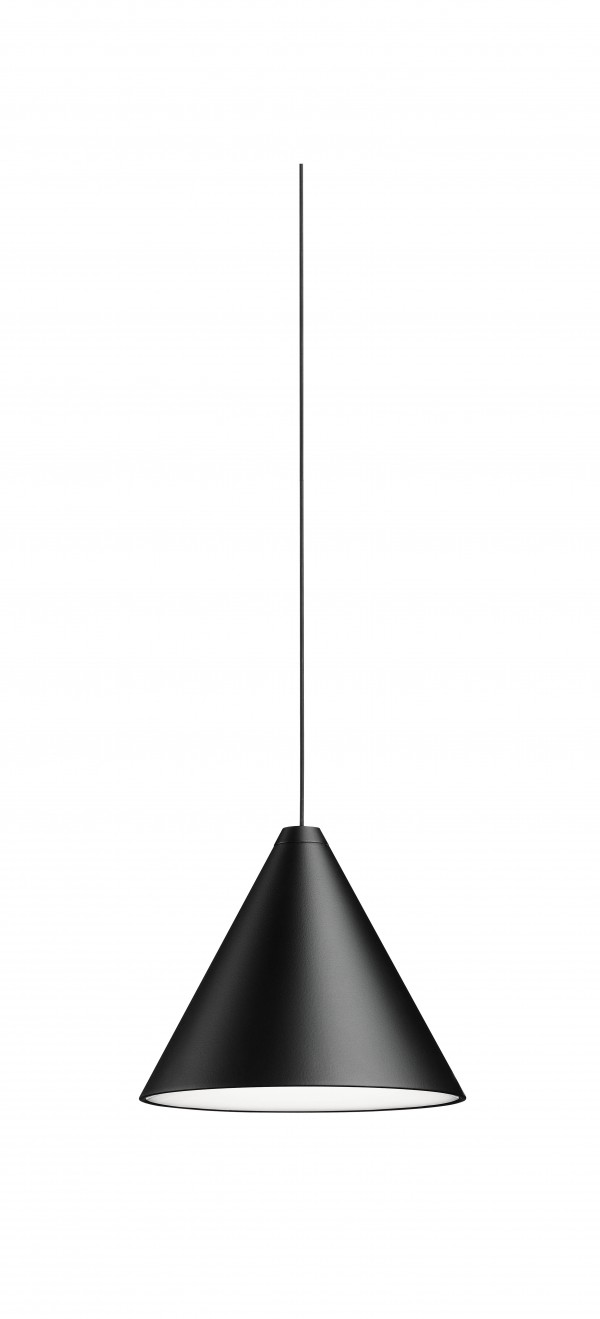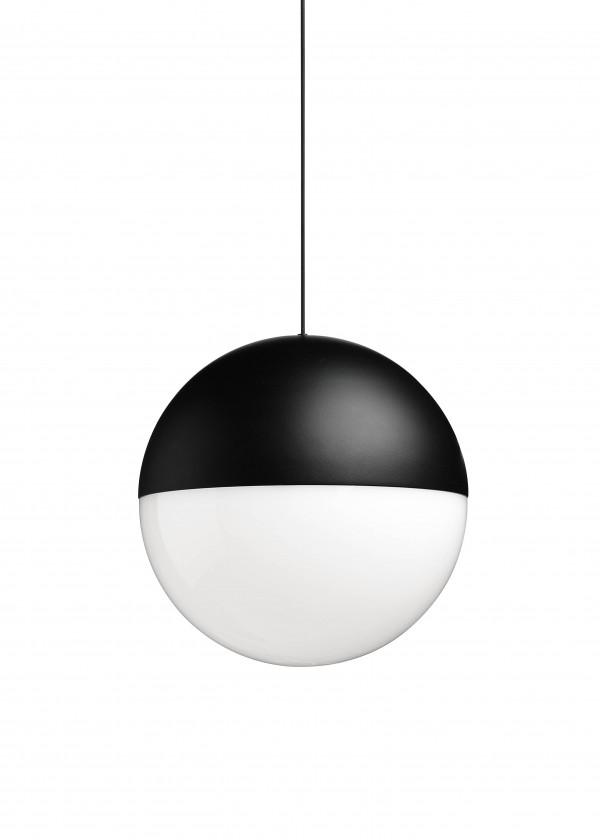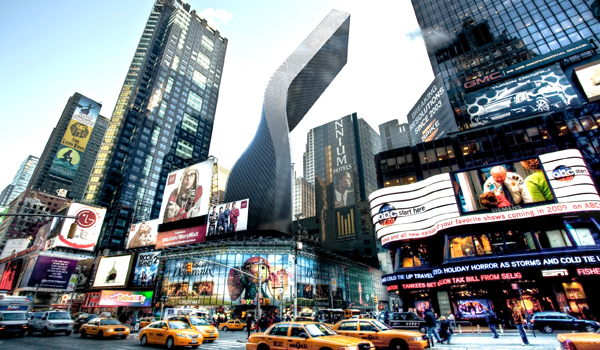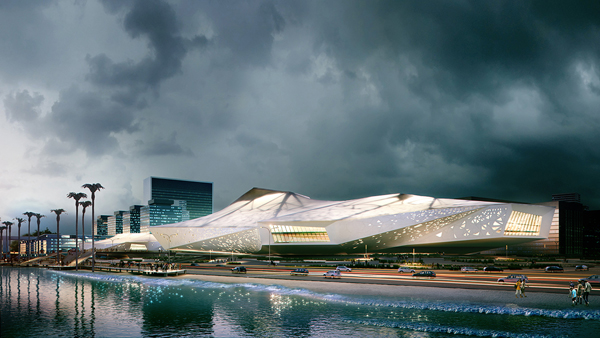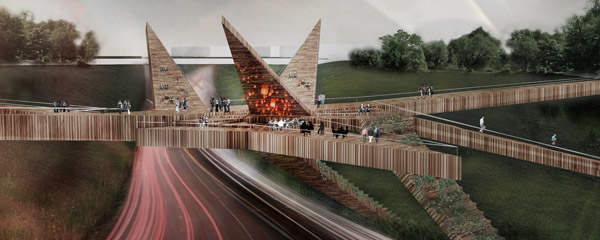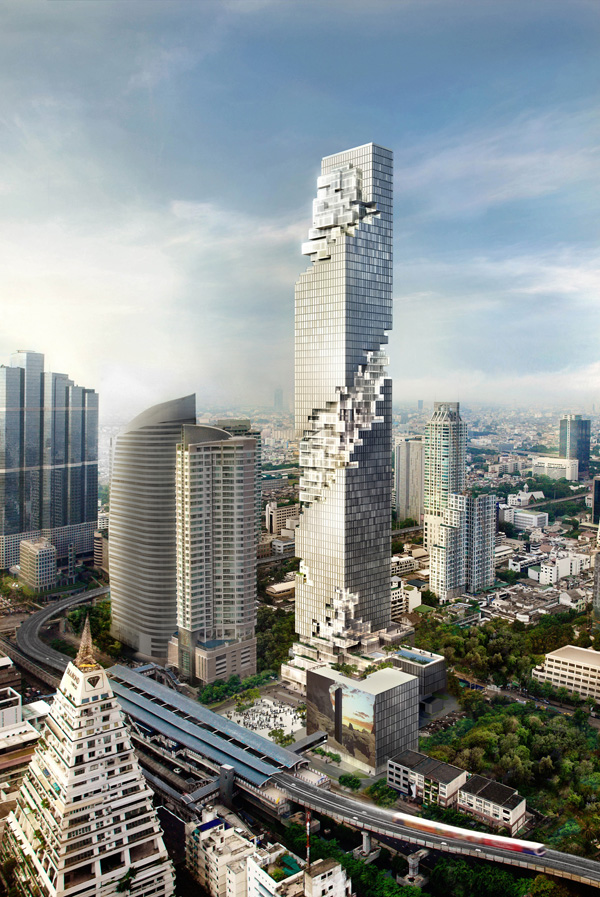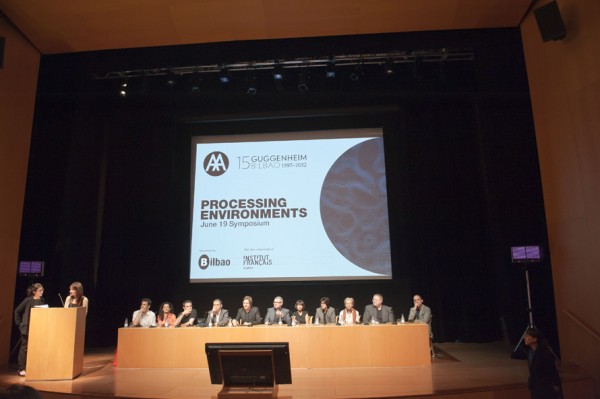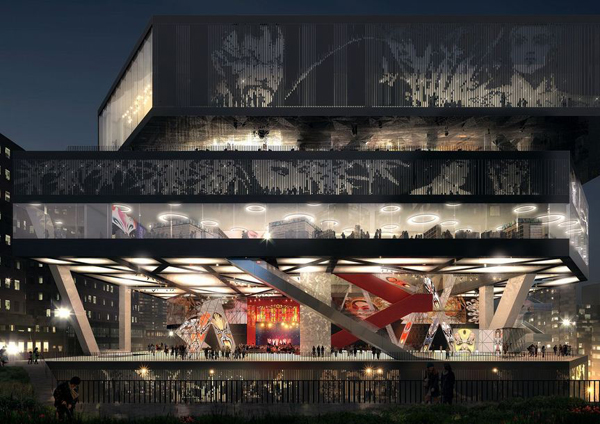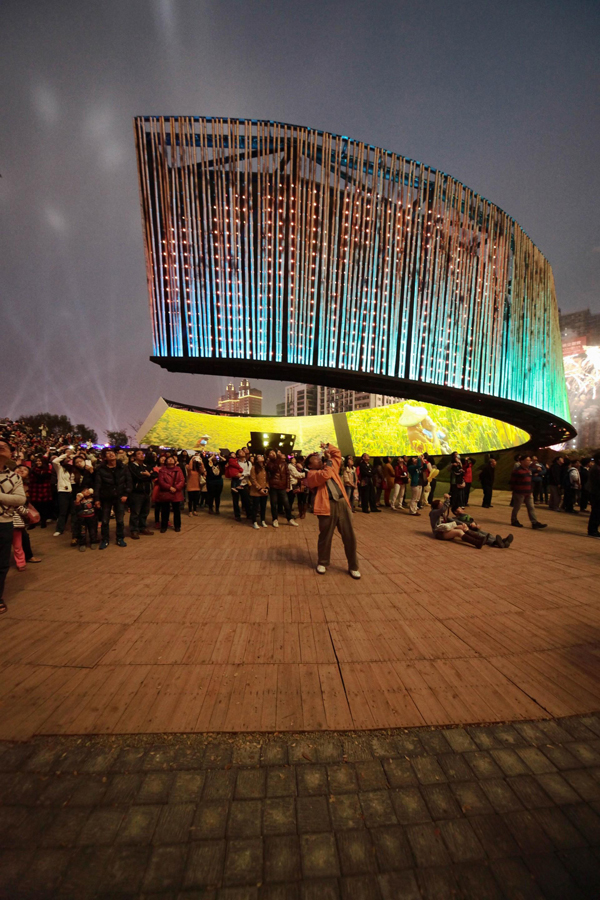The appeal of FLOS STRING LIGHTS by Michael Anastassiades should not be lost on anyone who appreciates a clean and modern construction. A subtle utilitarian appearance belies the sleek architectural design that brings functional, beautiful illumination to any space that appreciates a geometric aesthetic. STRING LIGHTS were available in limited quantities in Europe throughout 2013; however, made their debut in the USA this summer after winning the prestigious EDIDA 2014 award in the lighting category.
“They are inspired by three things,” Anastassiades comments on his inspiration. “When I sit on a train, traveling, and I look out of the window, I always see these strings of electricity that connect the pylons. And as we move through at high speed, I see these perfectly parallel strings and find myself transfixed by the amazing sense of discipline.” STRING LIGHTS reflect his ability to translate the idea of a divided orderly landscape into an interior living space.
The design concept is meant to evoke the image of lights found in a quaint village square, where people gather to socialize and celebrate. Inherent in the brilliance of the design is the allowance of movement which encourages the user to fashion this stylish lighting as they wish. One may express their own creative vision, delineating space with geometric angles, clean, and sleek lines within a minimalist contemporary decor.
The lights are accompanied by an instruction booklet and smartphone app to guide self expressionists through the easy installation process, and an inspiring but short tutorial video shows just how quickly these lights can become a focal point of your interior design. Today, after a year’s wait, the lights are finally available at the FLOS USA online store.

